
Cattle Parasites
@COWSworms
Control of Worms Sustainably (COWS) is an industry stakeholder group which aims to promote best practice in the control of cattle parasites.
The new lateral flow test for liver fluke looks for host antibodies in a pinprick of blood and can detect infections earlier than faecal testing. The test can be done on farm with results available in minutes. Read more here bit.ly/4ilcJsc
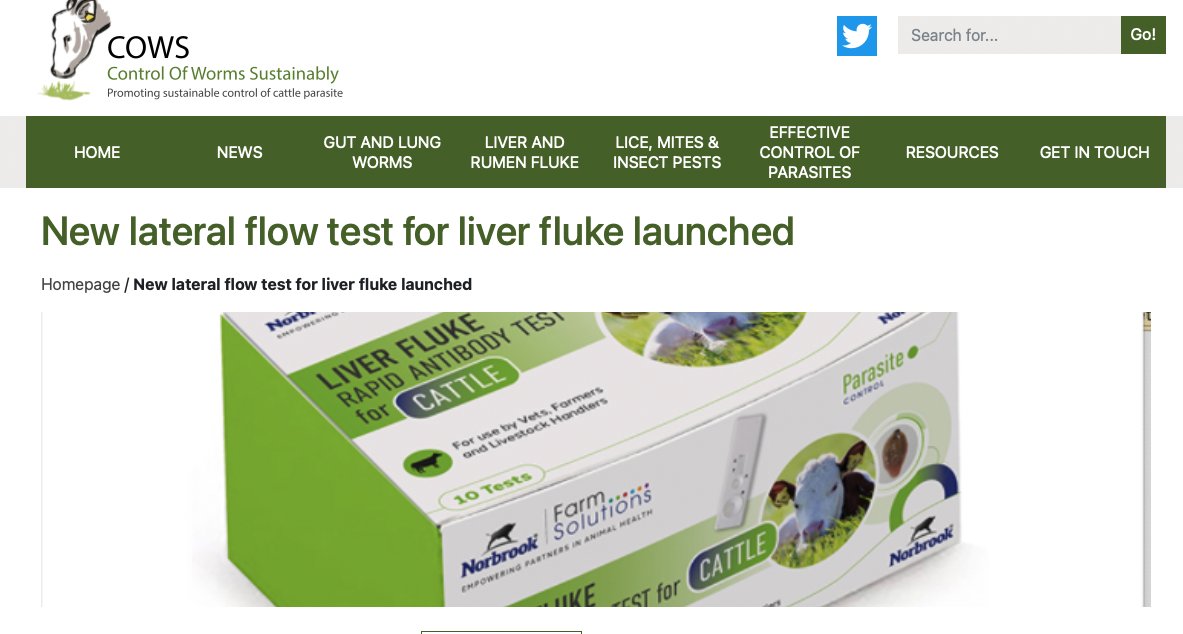
Strategic dosing of target groups of cattle at set intervals to reduce pasture contamination uses more drugs and exerts strong selection pressure for resistant parasites. Therapeutic dosing, in response to testing & clinical need, can use less drugs but requires close monitoring
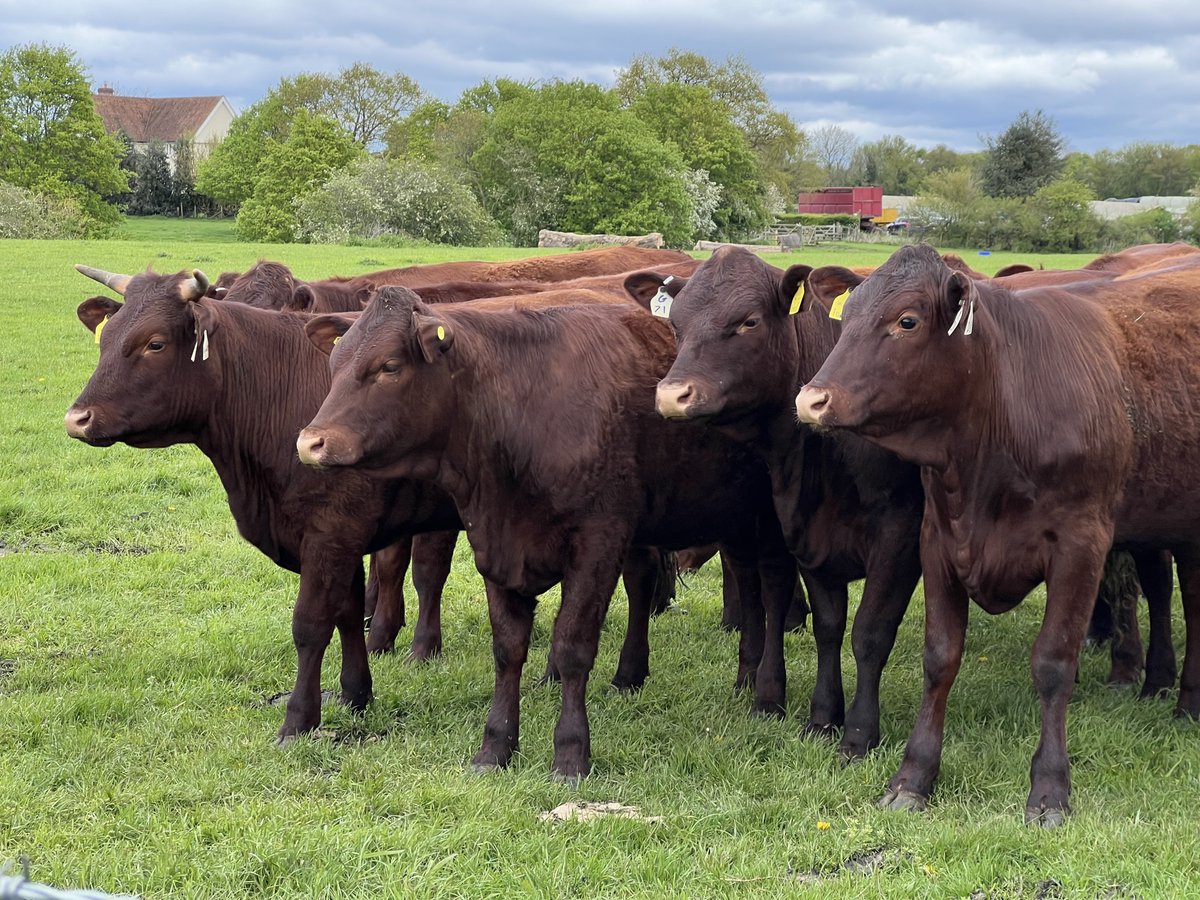
Summer is a good time to use faecal egg counts (FECs) to monitor gut worm infection in 1st and 2nd season grazers. If results come back positive, but are below the 200 eggs/gram threshold, test again in 2 to 3 weeks. FECs can rise quickly in July and August #testdontguess

For unvaccinated at-risk stock - first season grazers or older cattle housed for long periods, lungworm disease can occur from now until September. Listen for coughing and in lactating cows look for a sudden drop in milk yield. #lungworm
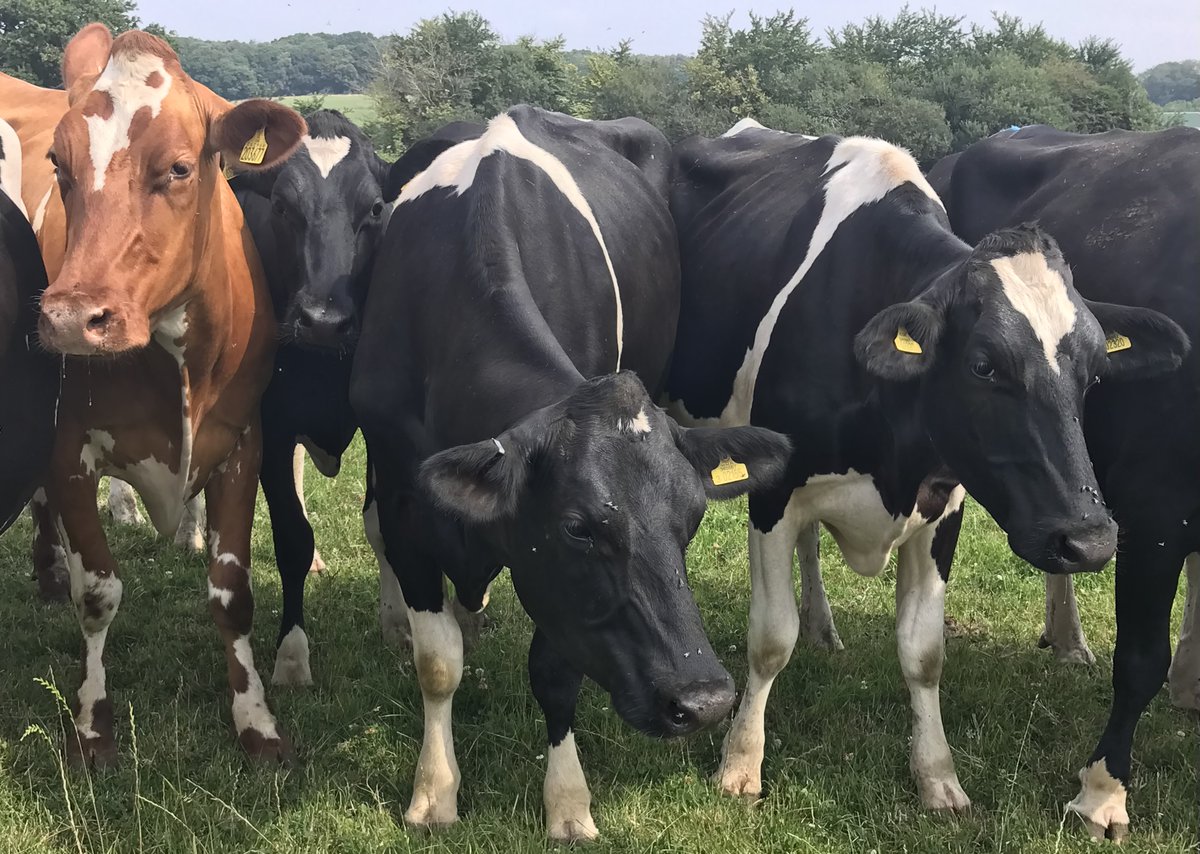
Graze youngstock on hay and silage aftermaths as they become available as these fields will have a low parasite burden #safergrazing
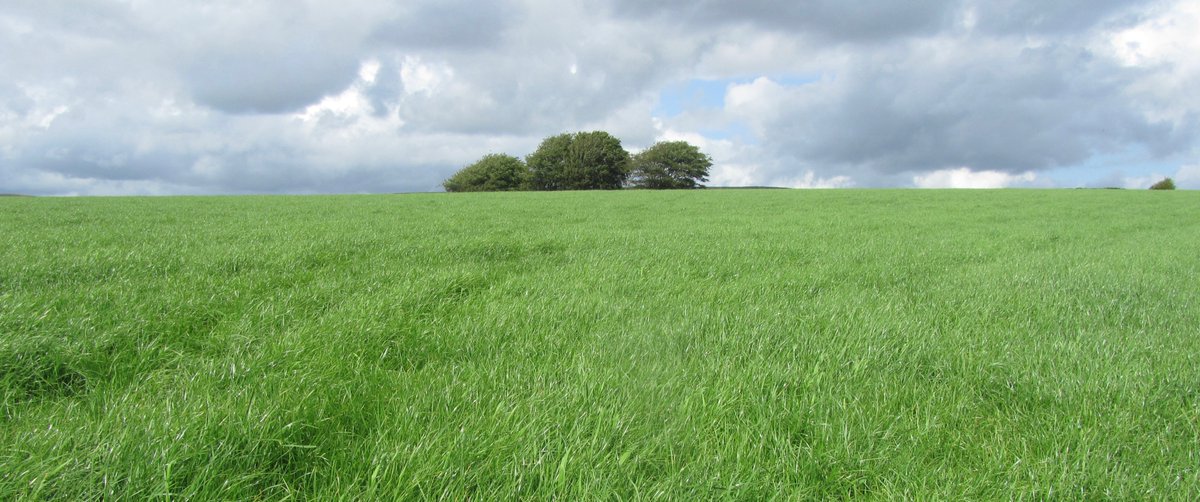
All-group treatments provide strong selection pressure for anthelmintic resistance. It is better to take an evidence-based approach by monitoring growth and doing faecal egg counts (FECs) & only treating animals that really need treating.

For all parasite control in cattle aim to prevent production losses rather than treating disease. Regular weighing and excellent stockmanship are crucial for doing this #healthycattle
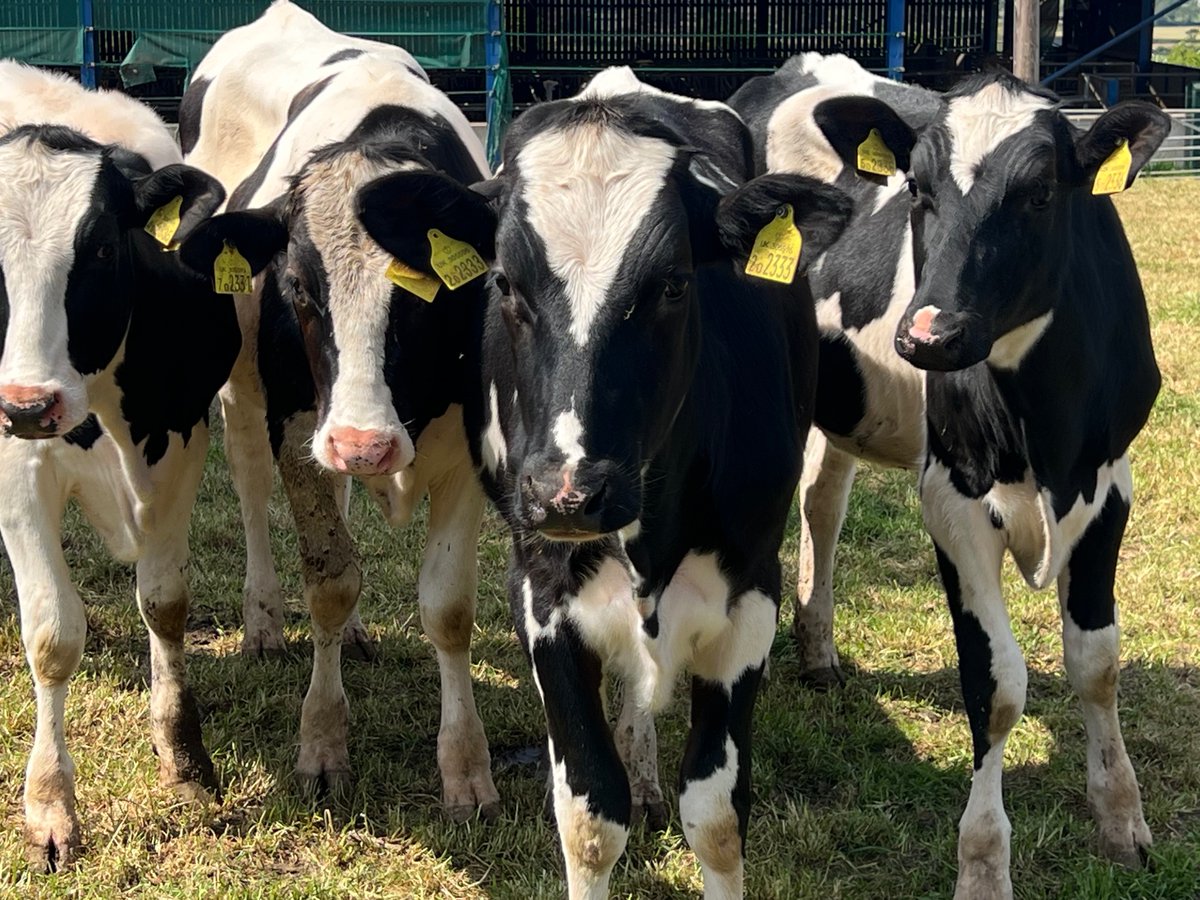
The 'Things to do Now' panel on bit.ly/4mYC0fm has changed to 'Things to do in Summer' eg, do Faecal Egg Counts for roundworms, use aftermaths for high risk animals, consider ways to reduce annoyance by flies #topicaltips
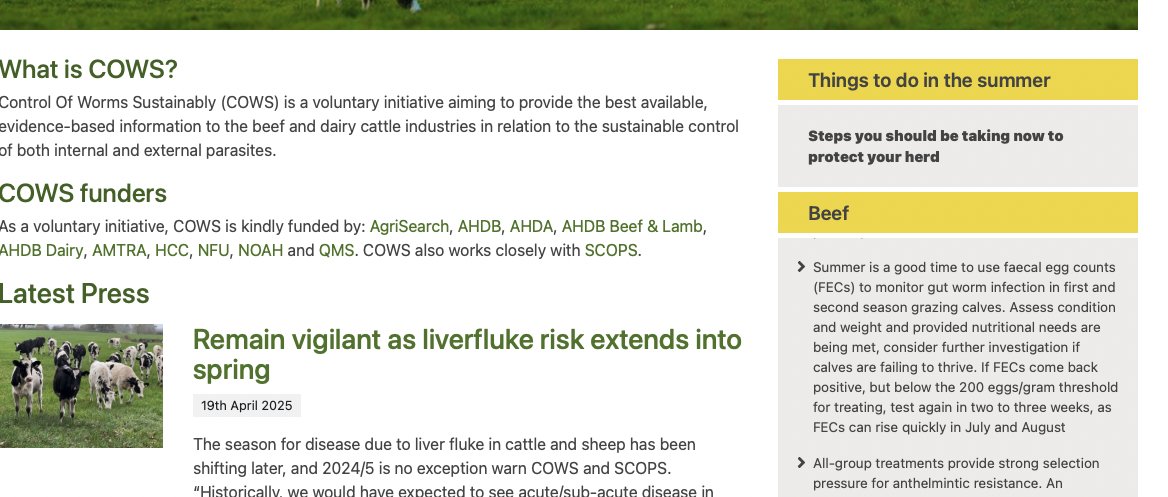
Assess cattle before ANY worming treatment. Are they growing? Is their body condition right for their age? Do they have clean back-ends? If they are performing well, do they need worming? If unsure - test- don't guess!
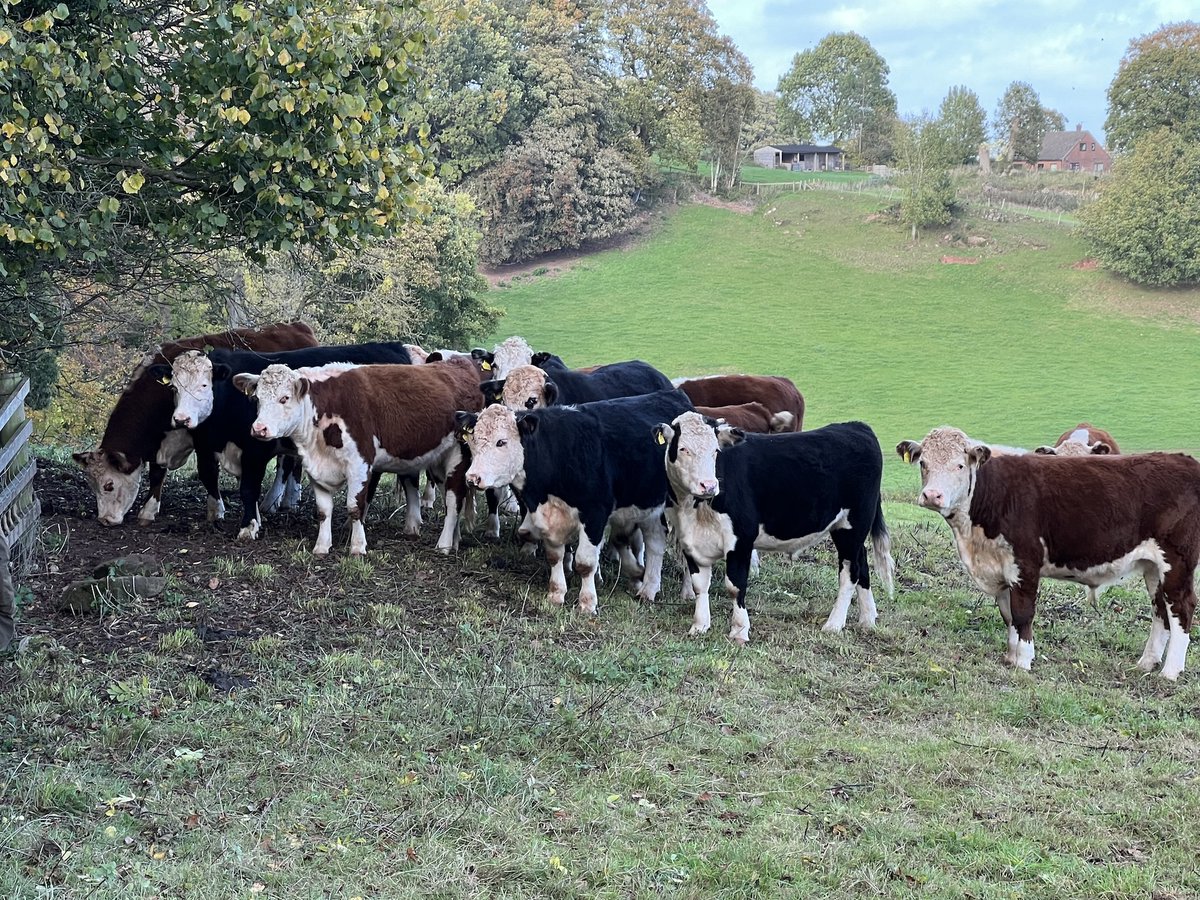
Assess pastures for lungworm risk based on stock that has been grazing them before. This can be done by simply colour-coding a farm map, ie red for fields that had youngstock last year, amber for those that had adults and green for new leys/aftermath/other species grazing them

It is vital to keep testing for liver fluke until the risk period is over. A negative result does not mean farmers can sit back and relax. It may be that the fluke are not yet mature enough to lay eggs. Plan to repeat the test in 4-8 weeks time

Co-infections of liver fluke and rumen fluke are common in cattle but any treatment should focus on the presence of liver fluke, as this has production and economic implications and rumen fluke do not
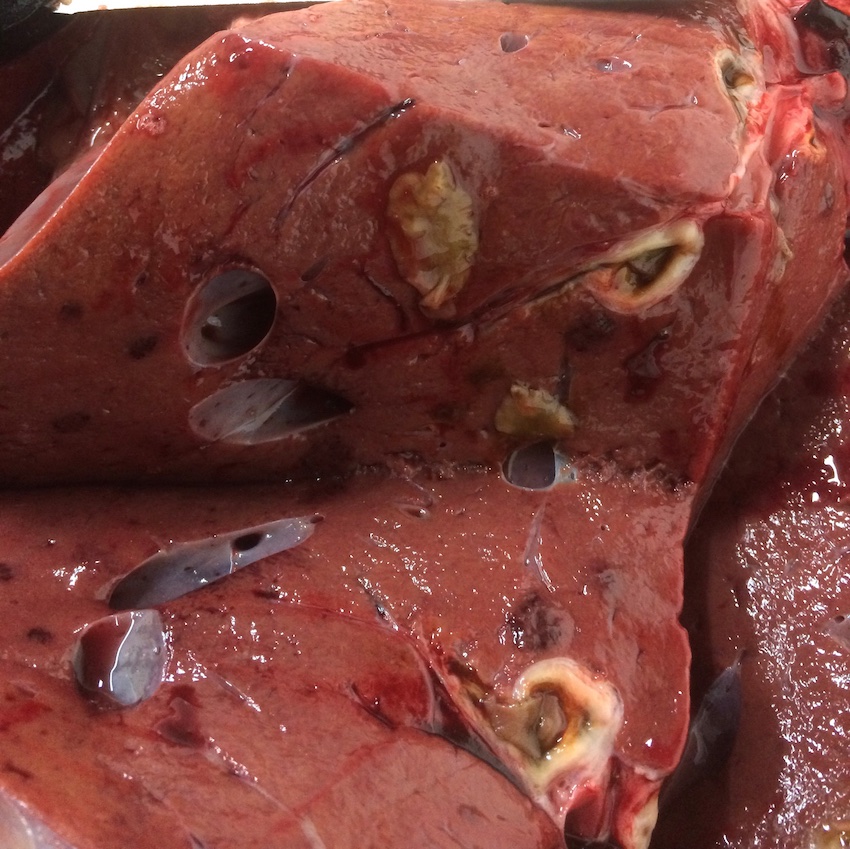
Parasitic worms are NOT evenly distributed among animals within a herd. Treatment of poorly performing individuals or those with high egg count results can lead to a disproportionate reduction in round worm infections

All grazing cattle are exposed to round worms and can suffer production losses. But younger animals are most at risk of disease until they acquire immunity. The potential losses increase with the size of the parasite challenge.
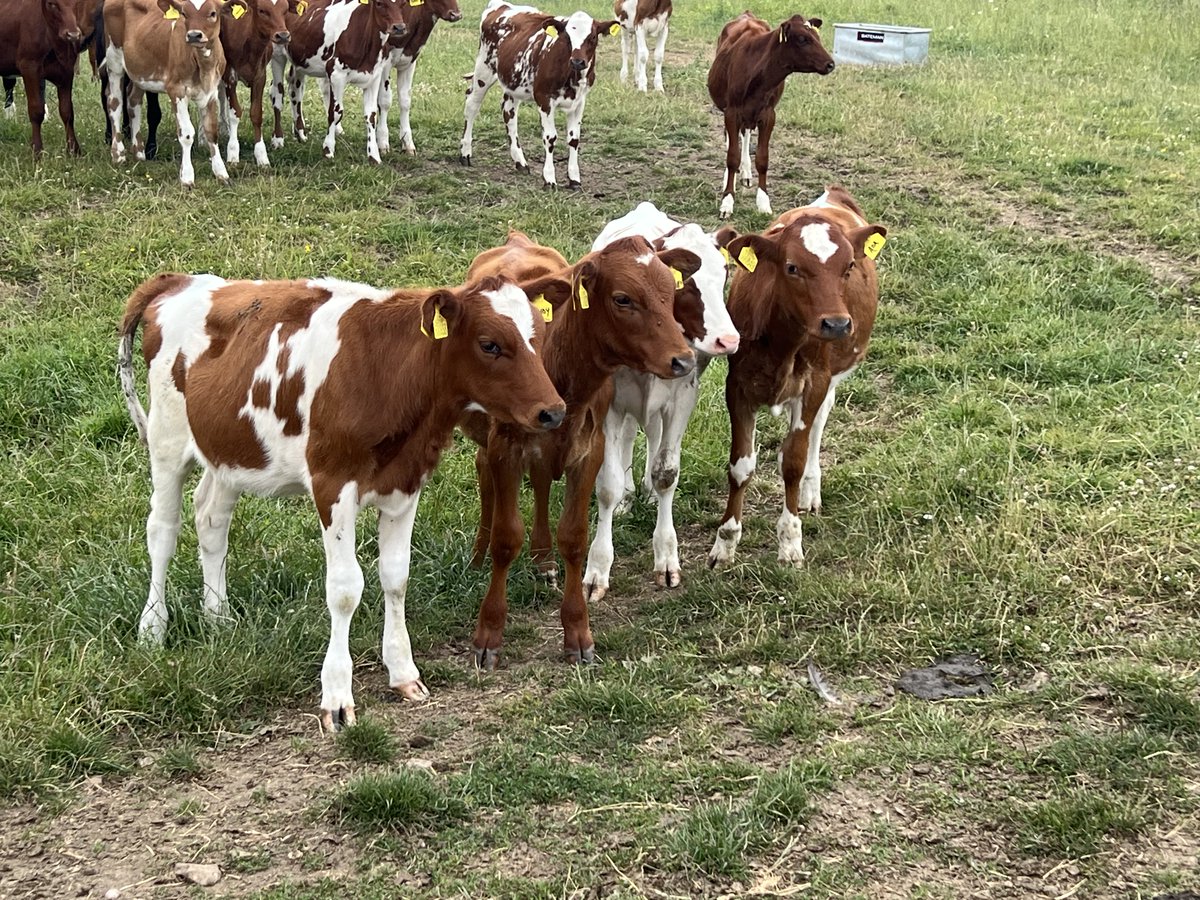
The key principle of preventing wormer resistance is maintaining 'in refugia' parasite populations. Treating only cattle in need and planning grazing to avoid infection can help maintain populations of susceptible worms and encourage dilution of resistant worms on pasture
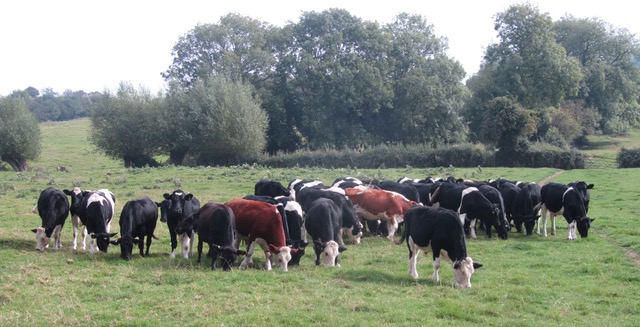
There is a much greater emphasis on testing before treating for worms on the COWS website now, eg doing Faecal Egg Counts (FECs) or coproantigen tests, blood testing sentinel groups and checking bulk milk samples. Test don't guess!
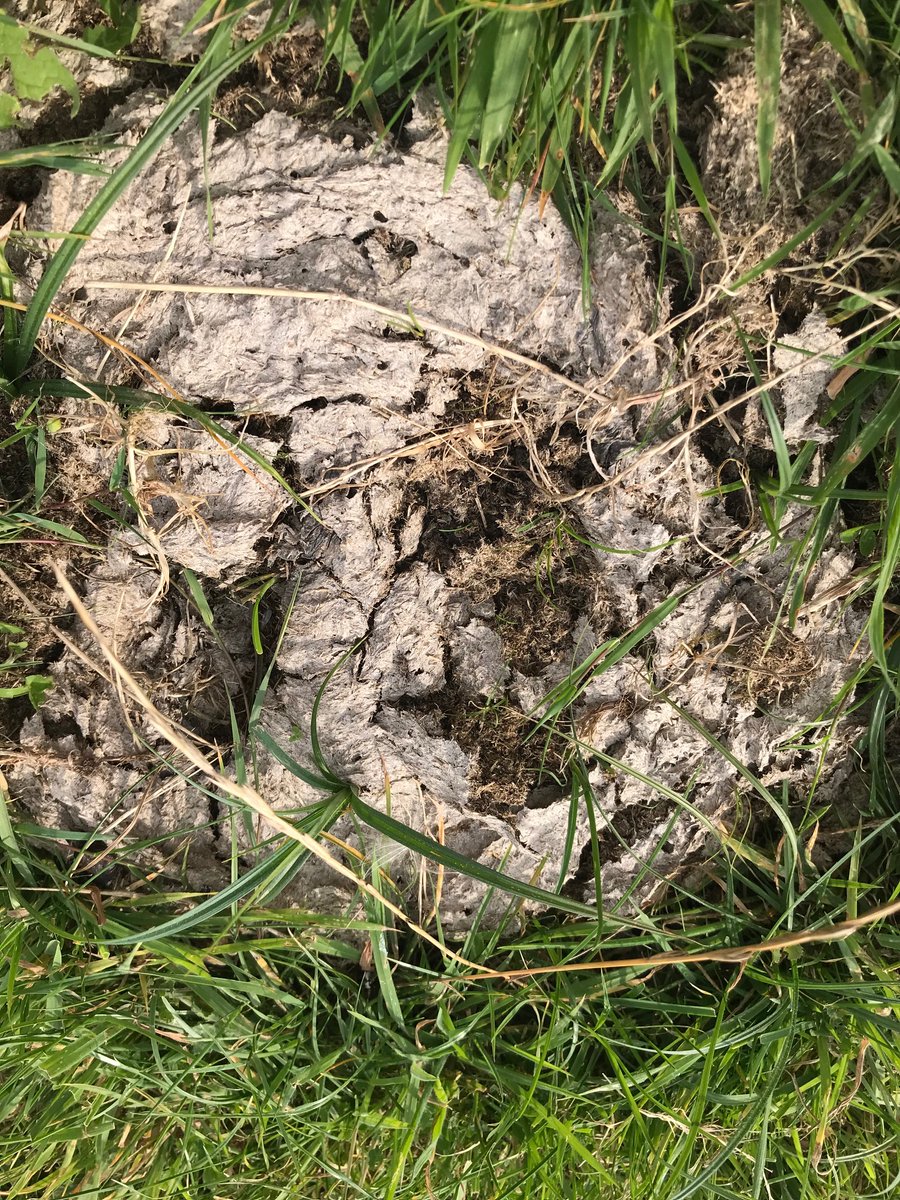
The 'Things to Do Now' panel on the COWS website is split into 3 critical time periods - housing, turnout and summer grazing - offering a snapshot of the things farmers should be thinking about right now. The activities for turnout have just been turned on!
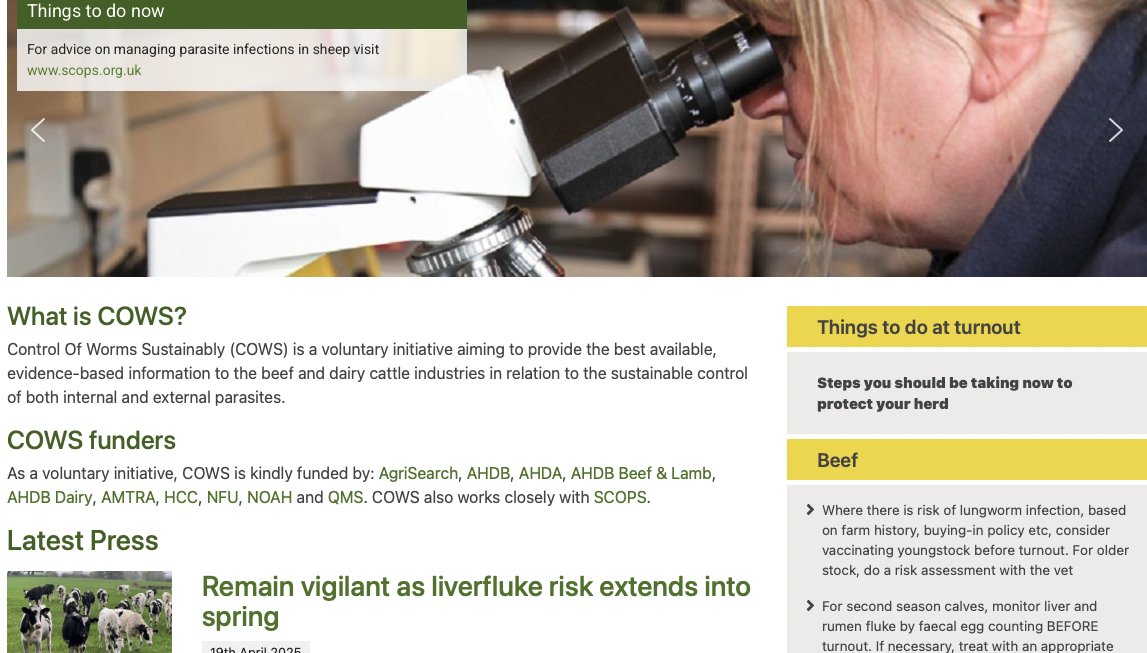
The tendancy to leave cattle out for longer due to milder weather or even all winter, could mean longer exposure to liver fluke infection. Testing is essential to gauge if there has been exposure eg blood tests for antibodies, faecal fluke egg counts or coproantigen ELISA tests.
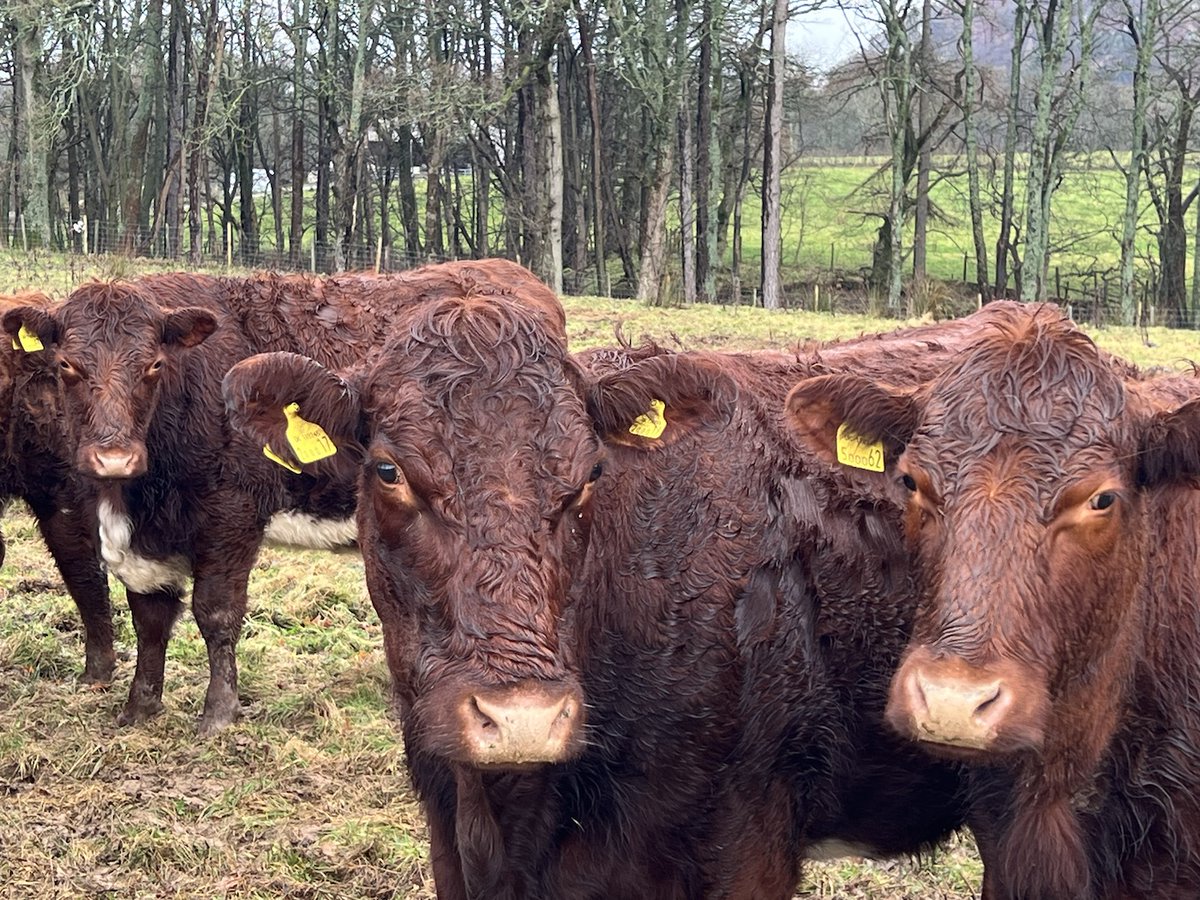
Once young animals are turned out in spring they can encounter over wintered larval populations of roundworms in the fields. Eggs are also shed from worms overwintering in the intestines of adult cattle. This is high risk for FSG calves - they could pick up a lot of worms

COWS has written an article and CPD quiz in the latest issue of @OTCnewsfeed magazine. This focusses on the value of of the COWS Guides - the first step for anyone wanting the latest, evidenced info on parasite control in cattle
